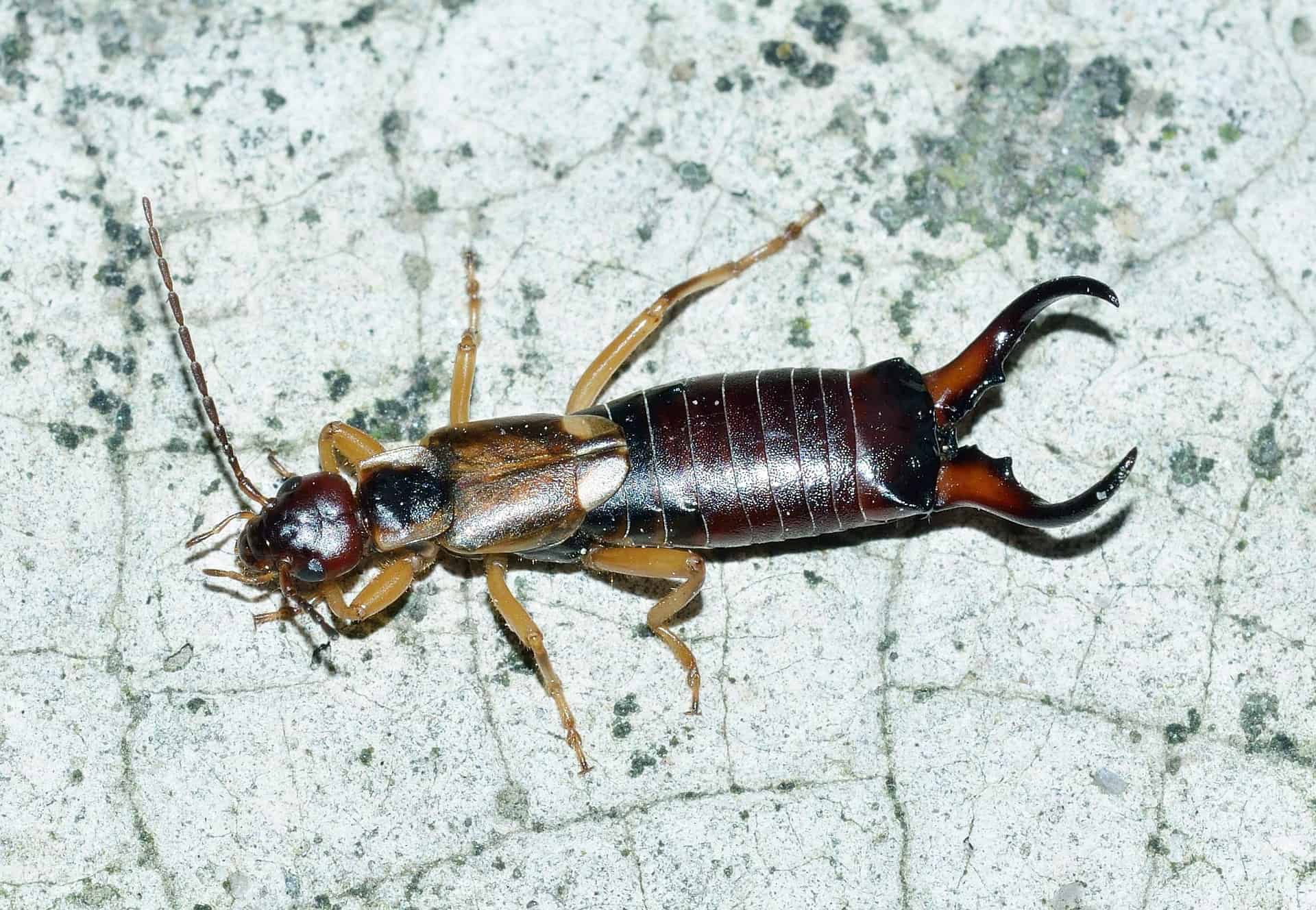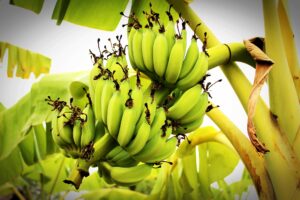What eats earwigs? There are a number of natural predators that eat earwigs. Some of the most common insectivores that eat earwigs include spiders, centipedes, yellow jackets, frogs, birds, and parasitic wasps.
On this page, you’ll find a complete list of all the insect predators that eat earwigs, and some of the creatures featured on this page can even be purchased to naturally control earwigs in your yard or garden.
Also, if you’re looking for some tips to get rid of earwigs in your house or garden scroll down to the bottom of this article.
What Eats Earwigs
Birds

Some species of birds such as Bluebirds, Cardinals, Wrens, and Purple Martins love to eat earwigs. In the early spring, these birds will spend hours each day collecting hundreds of insects including earwigs to feed to their young hatchlings.
Tip: If you want to get rid of earwigs in your garden you can hang bird feeders (Buy Online) around your yard.
Parasitic Wasps
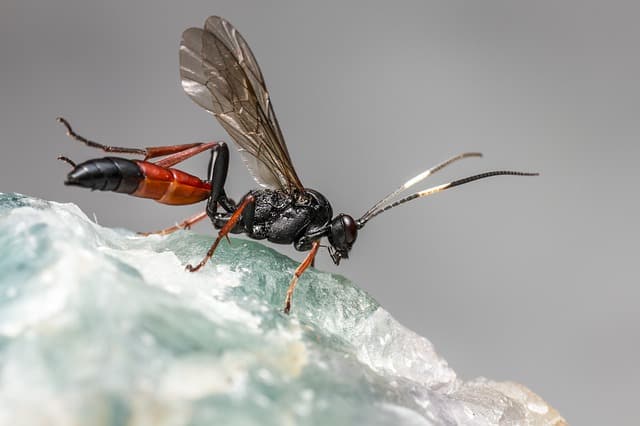
Parasitic Wasps like the Ichneumon Wasp will lay their eggs inside of earwigs, and then once the larvae hatch they will begin to feed on the earwig’s internal organs. Once the larvae mature they will emerge from the earwig’s body and in most cases, their host will expire due to the damage they cause during this process.
Tachinid Flies
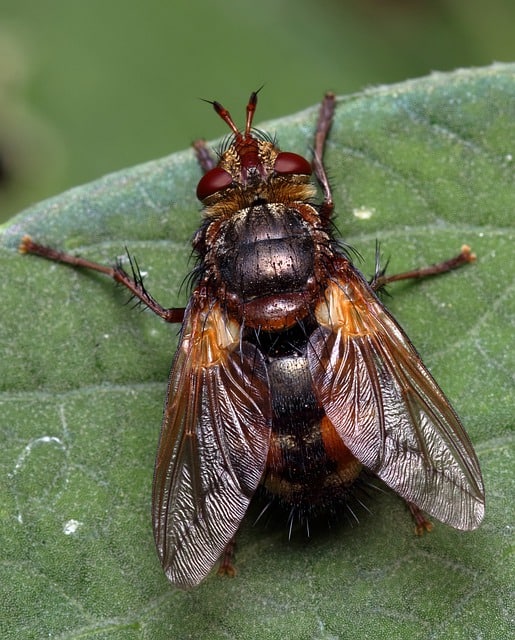
Tachinid Flies are a parasitoid that lay their eggs on other insects including earwigs as part of their natural developmental process. Once the eggs hatch the larvae will proceed to burrow into their host’s body where they begin to consume their host’s internal organs. This eventually kills their host as the larvae start to mature, and then when the larvae are fully developed they finally emerge from their host’s body.
Spiders
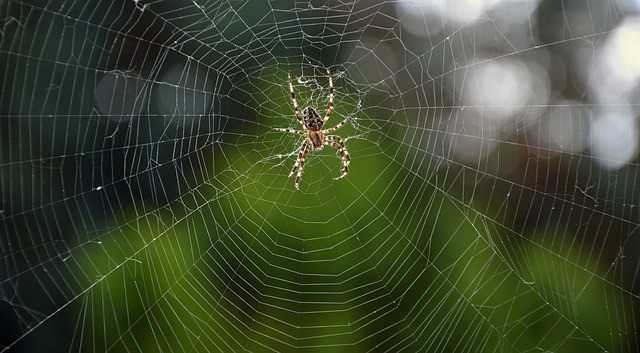
Spiders are one of the apex predators in the insect world and they will gladly consume any earwig that’s unlucky enough to get ensnared in their web. Some species of ground spiders will even hunt and eat earwigs that they find hiding on plants and in hard-to-reach crevices.
Centipedes
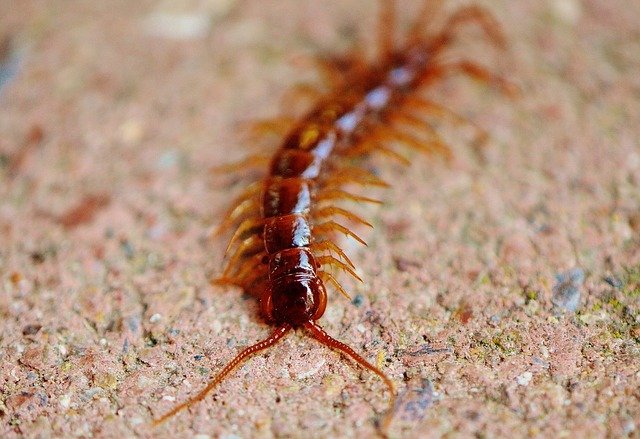
Centipedes are nocturnal predators that feed on a wide range of insects including earwigs. In most cases, centipedes and earwigs live close together in similar habitats, which makes centipedes extremely effective earwig predators since they readily cross paths while crawling around in and around rotting leaf litter.
Assassin Bugs
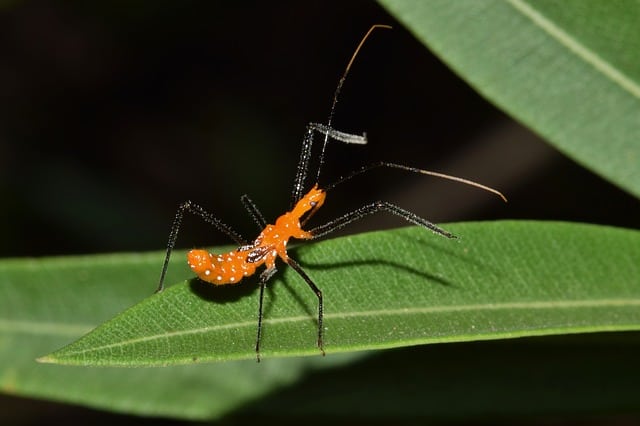
Assassin Bugs are a generalist predatory insect that will gladly eat earwigs that cross their path. For the most part, assassin bugs spend most of their day actively foraging for prey, and they are very effective ambush predators.
When an assassin bug catches an earwig they will pierce their prey’s exoskeleton with their rostrum and inject saliva into their body. This saliva contains enzymes that will liquefy an earwig’s internal organs, and then the assassin bug will proceed to suck the predigested tissue from their prey’s body.
Yellow Jackets

Yellow Jackets will eat earwigs along with other hard-bodied and soft-bodied insects. Adult yellow jackets primarily feed on carbohydrates, but yellow jacket larvae need to eat protein-rich insects to fuel their rapid development.
In the spring and early summer worker yellow jackets are sent out to collect any insects they can find including earwigs, which they then proceed to chew up and feed to developing yellow jacket larvae.
Frogs
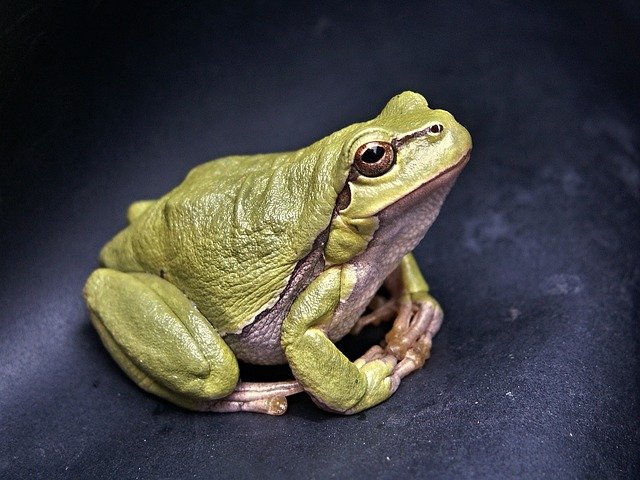
Frogs will eat earwigs that live close to ponds or other small bodies of water. As a generalist predator frogs will eat almost any insect, and in some locations, earwigs can make up a small portion of their diet.
Toads
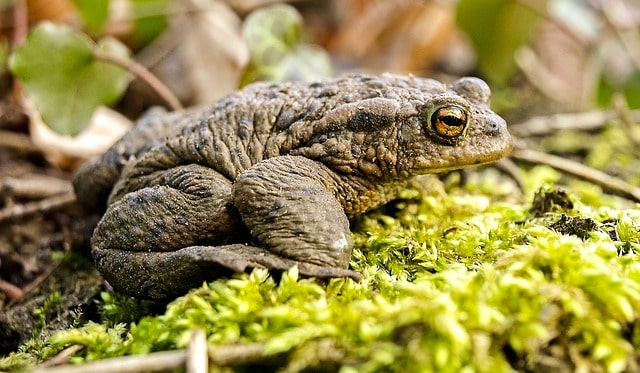
Toads will eat earwigs and they can be more effective predators than frogs since they can usually stray farther away from water. Toads will actively hunt for and consume insects, fish, invertebrates, birds, frogs, and even small mammals.
How To Get Rid of Earwigs in your House
BioCare Reusable Earwig Traps
BioCare Reusable Earwig Traps (Buy Online) can be used to control earwigs indoors and outdoors. This non-toxic trap attracts earwigs with a natural bait that’s safe to use around children and pets. Each package contains three earwig traps, and they are 100% reusable.
EasyGoProducts Diatomaceous Earth – 100% Natural Food Grade – DE Fresh Water
EasyGoProducts Diatomaceous Earth (Buy Online) is a natural silica-based powder that can be used to effectively control earwigs. Diatomaceous Earth is completely non-toxic and can be used indoors around children and pets.
Diatomaceous Earth is a fine silica powder that will kill insects naturally by scratching the protective outer coating on an earwig’s exoskeleton. This will slowly cause the earwig to die of dehydration from the moisture lost from its damaged exoskeleton.
How To Get Rid of Earwigs in the Garden
Eco Defense USDA Biobased Pest Control Spray
Eco Defense USDA Biobased Pest Control Spray (Buy Online) is an Eco-friendly bug spray that can be used to control earwigs indoors and outdoors. This spray is made from all-natural ingredients like Peppermint Oil, Geranium Oil, and Sodium Lauryl Sulfate. It’s also safe for use around kids and pets, and it can even be used out in the garden on fruits and vegetables.
Niban Nisus FG Granular Pest Control Insecticide Bait
Niban Nisus FG Granular Pest Control Insecticide Bait (Buy Online) is an effective way to control earwigs along with other insects including ants, cockroaches, crickets, and silverfish. Niban Nisus FG Insecticide Bait contains 5% Boric Acid as its primary active ingredient, and it’s suitable for indoor and outdoor use since it’s weather resistant.


